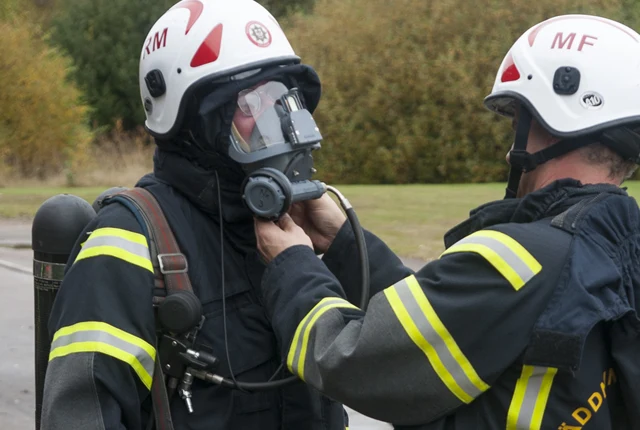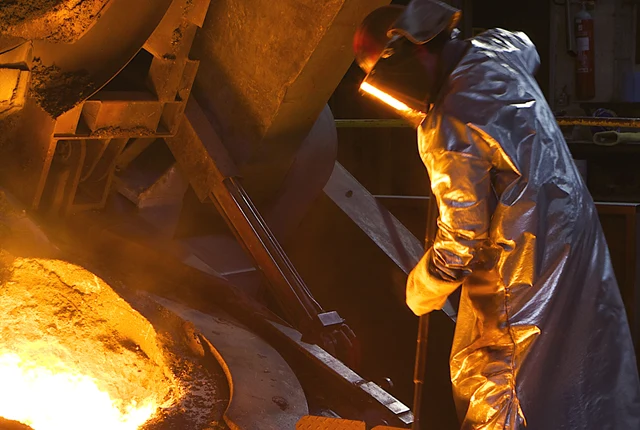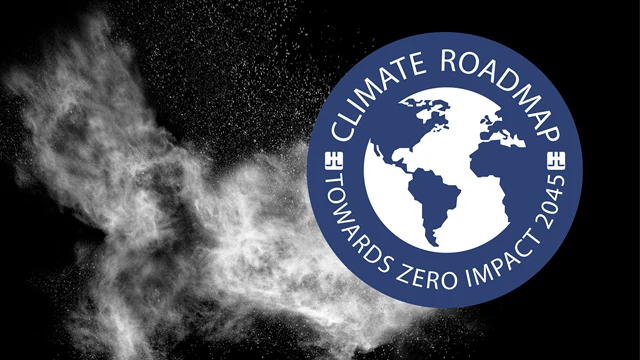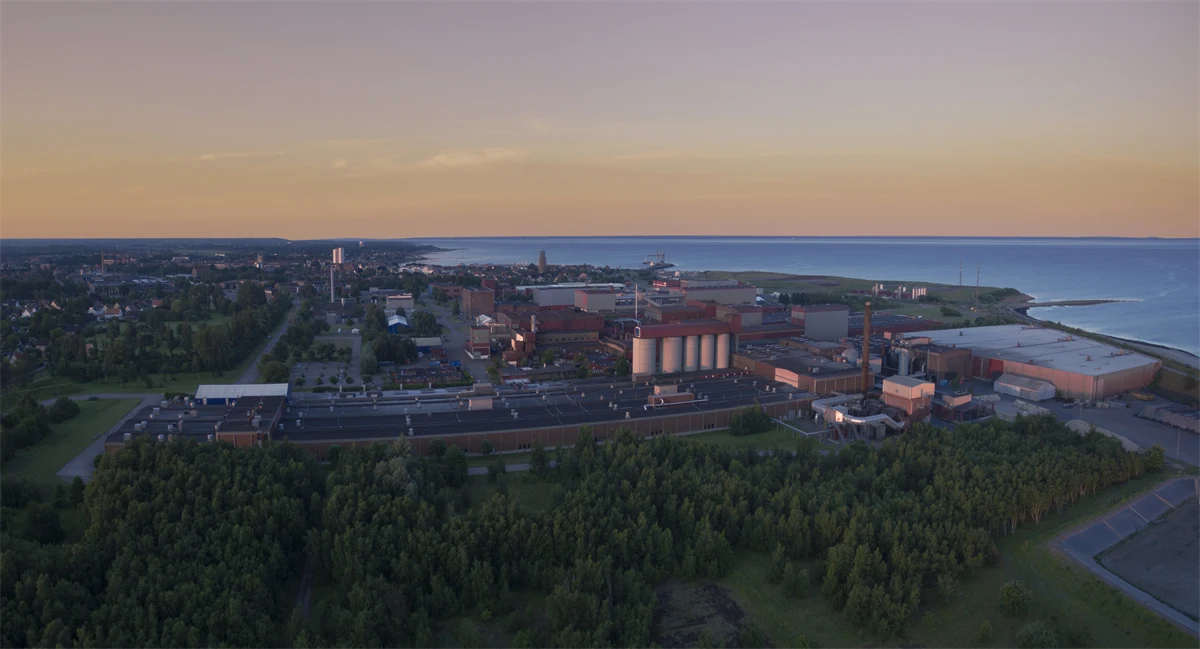
Environment
We apply a systematic approach concerning precaution and preventative measures to minimize environmental impact, improve our performance and to avoid environmental non-compliance.
All our production sites have environmental management systems, and all production units are certified according ISO 14001, except the small mixing station in Korea and Digital Metal, which only recently started up a production line.
During 2019 we had no reported breaches of environmental permits and no spills or other environmental accidents with significant environmental impact were reported from our operational sites. An air filter fire took place at the Höganäs production site in Sweden in October. There were no personal injuries and the environmental impact was considered to be low. The incident was reported to the authorities and measures to prevent re-occurrence have been carried out.
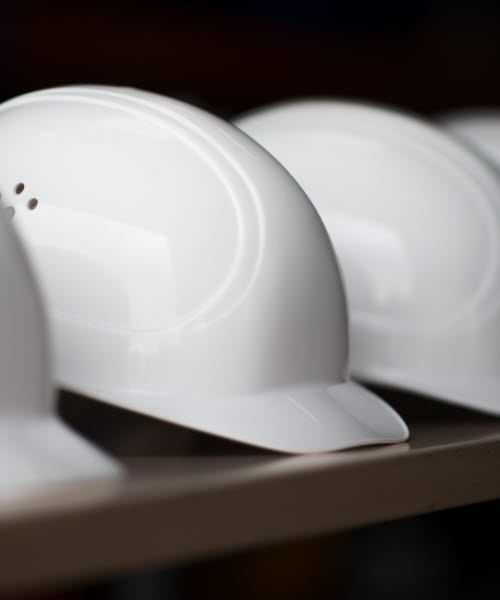
Process safety
Process safety is high on our agenda as the consequences could be catastrophic for people, the environment and our business if not managed properly. Process safety is necessary to creating stability and avoiding unplanned production disruptions and full stops with increased emission levels, spills, leakages and other events that could cause harm.
To uphold the stability in our production processes and facilities we have a well-managed loss prevention and risk management system in place. This system exists under the umbrella of our risk policy and contains procedures for contingency planning, emergency responses, loss prevention practices and minimum requirements on equipment and systems of high importance for the contingency of operations. The system also provides instructions, templates and methods for consistent actions according best practice at all operational sites.
All operational sites are required to have organizational responsibilities clarified as well as their own procedures and instructions adapted to local risks and circumstances.
Our insurance solution includes extensive and regular on-site auditing by external specialists. The results from the audits in the form of action plans, together with the fact that our performance directly affects the cost of insurance, give us the motivation to work diligently with continual improvements.
Emergency preparedness
Emergency preparedness is part of our loss prevention management. Emergency evacuation drills are carried out at all sites on a regular basis where results are documented, and improvements are made.
Inspections of emergency exits, as well as active fire equipment like extinguishers, explosion dampers and alarms, and passive protection like the integrity of fire walls and evacuation paths are made both separately on a regular basis and as part of weekly and monthly safety walks.
Crisis management and communication
Höganäs has well-established emergency response teams at all production units. They are responsible for handling local accidents or incidents that may occur, both the immediate events and the following root cause analysis and updating of routines.
During 2019, Höganäs established a central crisis team with the purpose of supporting the local teams if an accident, incident or a threat occurs that may develop into a crisis, either locally or globally. The central crisis team has put directives, routines, reporting tools and templates in place. They aim to support the local teams in how and when to escalate local events to a global level.
Managing hazards
Our entire operation is thoroughly analysed from a risk perspective down to the level of each individual chemical and piece of equipment used, and task that is carried out. When hazards are identified, these are documented, risk analysed, mitigated if necessary and handled in our management system.
The greatest hazards are found in production that handles molten metal and reactive chemicals. Special attention has been payed to molten metal hazardsduring 2019 in the form of workshops and production of training materials.
Chemicals are used on site only after being approved following a risk assessment by expert functions in the environmental and health teams. Product safety data sheets are available to all that either use or may come in contact with the chemical in the workplace. Regular inventory of the use of on-boarded (and, if discovered, non-approved) chemicals are made as part of the internal audit programme. The procurement department logs the volumes used at each site.
There are procedures for substitution of used chemicals to less harmful alternatives. To aid this work Höganäs uses several data bases to monitor ‘priority lists’, ‘sunset lists’ etc. to find alternatives as they become available.
|
Reporting potential risks is a deeply rooted part of our way of working and our culture. During 2019 as many as 1,924 risks or near miss reports were filed and handled in our reporting system, where actions for mitigating risk were ecorded. Our KPI for risk reduction, RRN (Risk Reduction Number), measures the decrease of risk level per person based on the difference between identified risk level and remaining risk level after risk mitigating actions. This KPI has been monitored over several years and shows steady and successful progress in risk mitigation. During 2019 the RRN was 4.2 (3.3) points of risk reduction per person. |
The importance of maintenance
Another area connected to hazards is maintenance, both from an individual as well as a process safety perspective. Well-managed maintenance is key to preventing failures and risks. Mechanical, electrical as well as instrumentation maintenance work is carried out by local maintenance teams.
The maintenance work is administered and reported in maintenance systems that in most cases are integrated with the ERP system. The systems are largely “fail-safe”, that is, the maintenance system notifies the user that planned maintenance has not been performed or reported according to established routines.
round 150 people work in the maintenance organization during the daytime, in continuous two-three shifts depending on local needs. Often, there is also an on-call function for critical processes and equipment.
Höganäs buys external services for inspections and repairs that require special expertise, of which some are carried out by externally hired certified inspectors in accordance with current regulations. This applies, for example, to inspections of pressurised system equipment.
Operators carry out daily routine maintenance and use checklists before start-up and shutdown of critical equipment to ensure that adequate functional checks are carried out and documented. Any deficiencies or errors detected are recorded via a work order in the maintenance system. The need for planned maintenance and spare parts are identified by Failure Mode and Effects Analysis (FMEA).
Managing hazards and reducing risks is a task that is constantly ongoing and needs our full attention. Building reliable and effective systems with procedures, tools and instructions is one thing, but the awareness, competence and decisiveness of our co-workers is what makes it successful.
